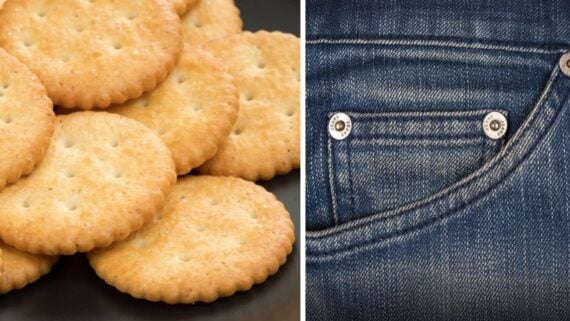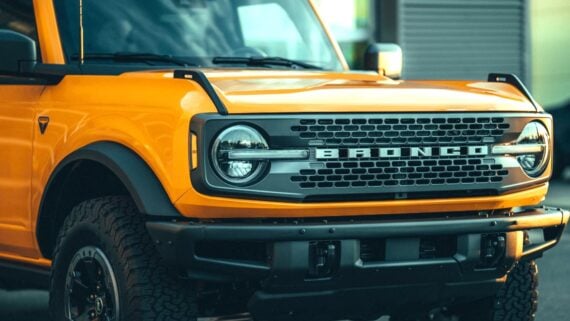As consumers, we interact with so many products on a regular basis that it’s easy to overlook all of their features, even when they serve a specific purpose. In fact, many common items boast useful add-ons that can easily be mistaken for inconsequential elements of design, especially when they don’t come with instructions. Here are some cleverly built-in functions you’ve probably been neglecting in your clothes, appliances, and more, plus how and why they came about.
Related: Well-Made Products You’ll Never Have to Buy Again
Scalloped Edges on Ritz Crackers
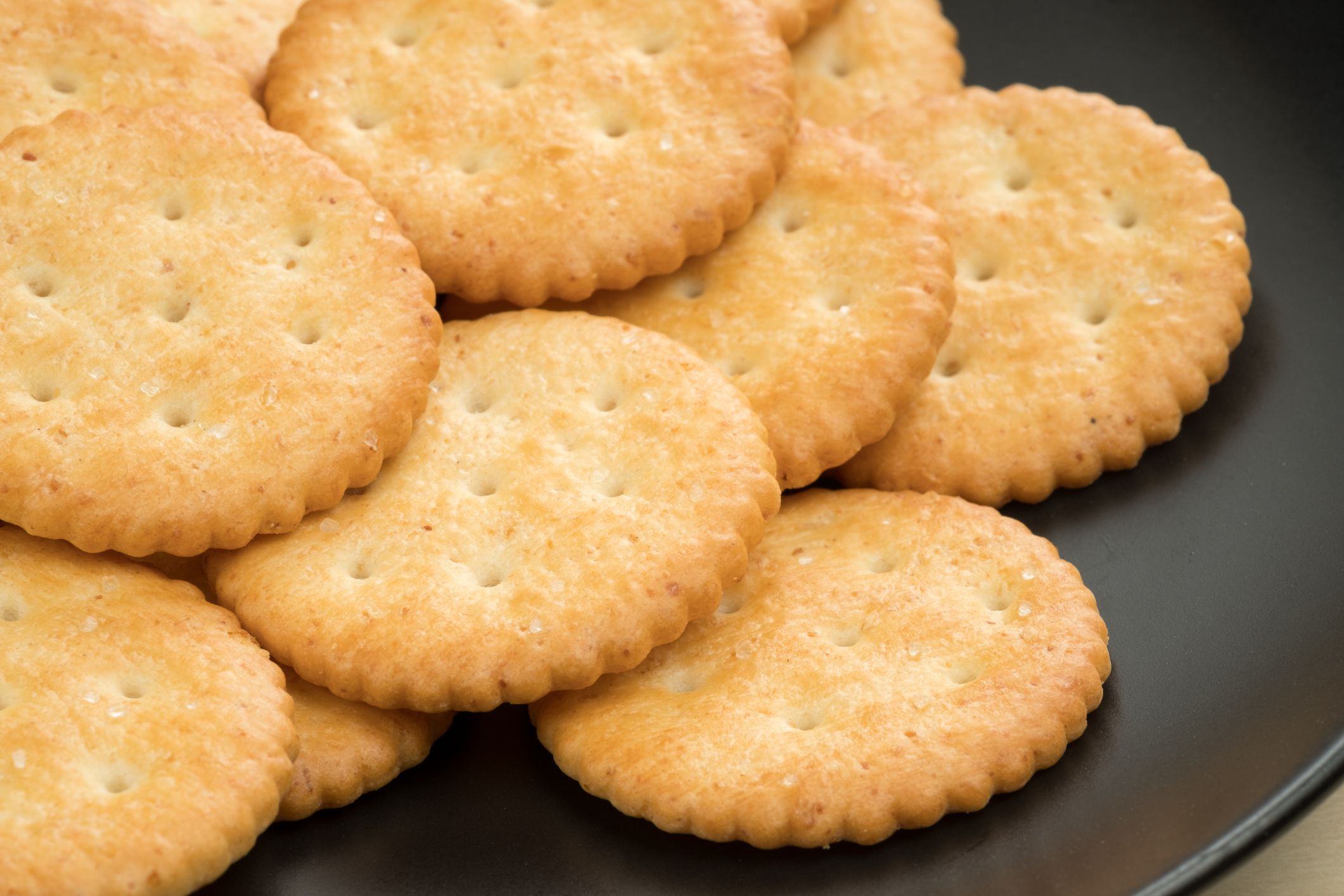
Surprising use: Slicing cheese
Those dainty little snack crackers sure look pretty, but according to the official Nabisco Ritz Cracker TikTok channel, the scalloped edges have a practical purpose, too. And that purpose is? Cutting cheese down to size so it fits on a Ritz, by rolling the cracker back and forth across a cheese slice. The video went viral after it was posted during the July 4 holiday weekend, with viewers expressing surprise, delight, skepticism, and delight. Ritz’s response to commenters accusing the brand of making this up: “We’re allowed to.”
Soda Cans
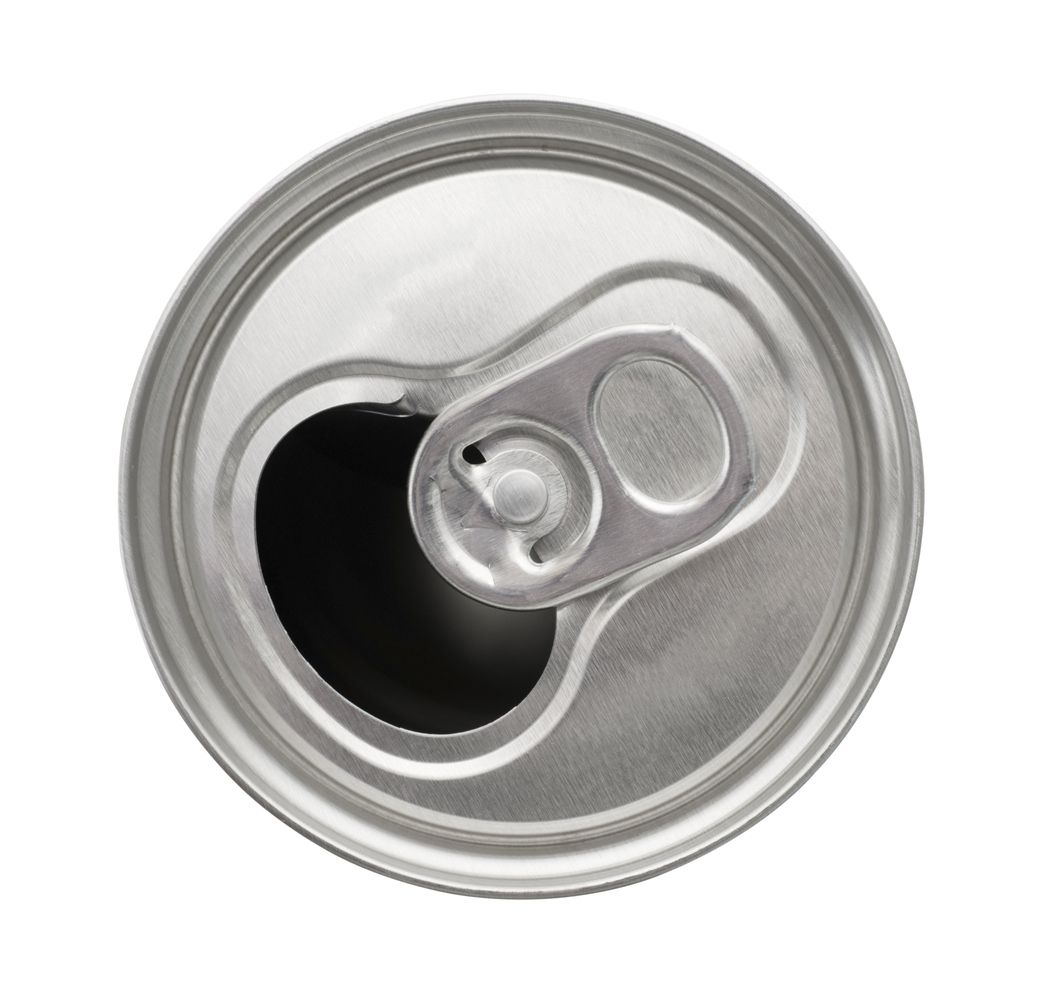
Surprising Use: Straw holder
The metal pull tab used to pop open a soda can also be flipped around over the opening and used to hold a straw in place, so you can sip from the can without the inconvenience of raising it to your lips, the cold affecting your teeth, or the straw tipping out. Called a stay-on-tab, this design only became standard after its patenting in 1975 — replacing the detachable pop-tab — though it’s hard to confirm how this particular feature of its design came about.
Related: 17 Fun and Little-Known Facts About Coca-Cola
Takeout Boxes
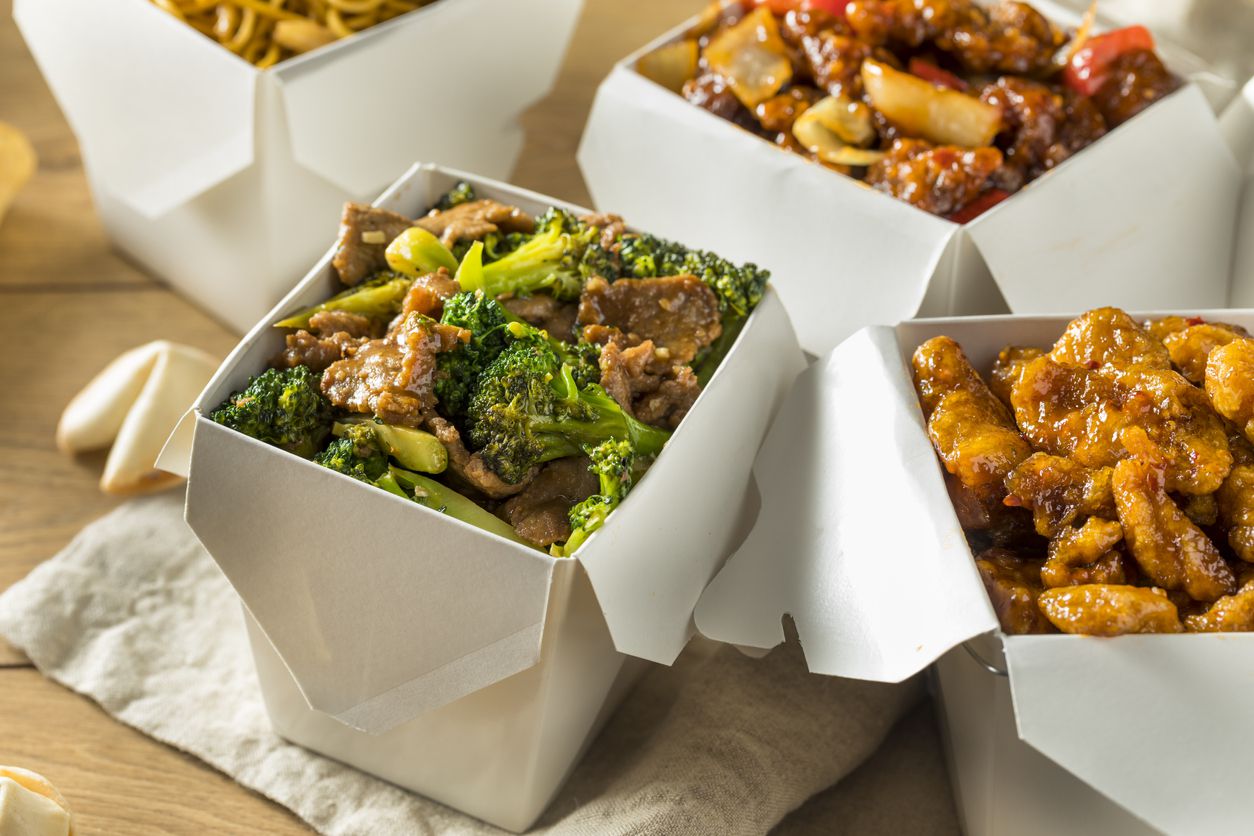
Surprising Use: Portable plates
The trapezoidal to-go boxes most associated with Chinese takeout restaurants are actually designed to hold food both in storage and while you’re eating it. When unsealed and unfolded, they serve perfectly well as single-use plates, sparing the trouble of using your own dishes to consume the meal as well as prepare it. Technically called “oyster pails,” they were patented around the turn of the century to transport freshly shucked oysters, but evolved into a leakproof container for prepared foods after World War II.
Related: The One Thing Restaurants Wish You Would Do Before Ordering Delivery
Small Jeans Pocket
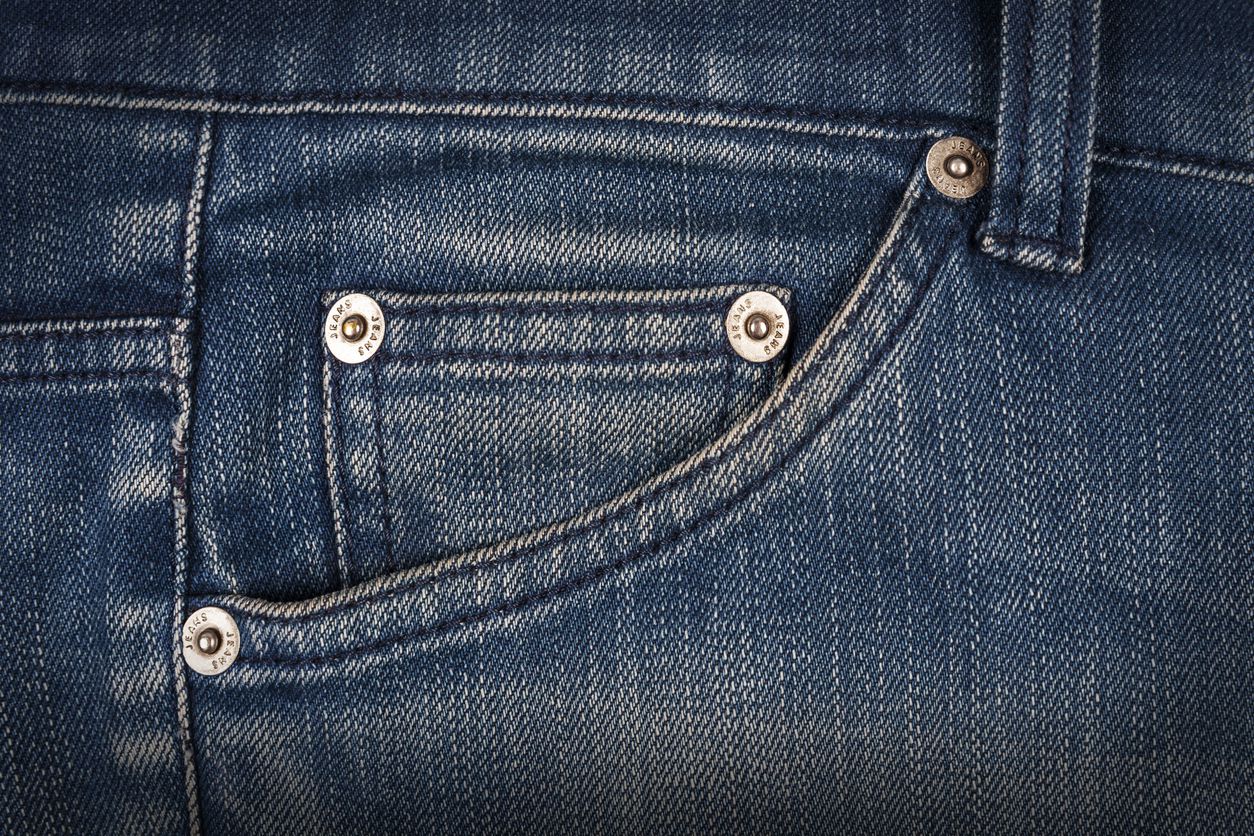
Surprising Use: Storing pocket watches
The average pair of jeans has several purposeful features most modern wearers may take for granted. For one, the metal rivets around the pockets serve to secure the pants’ common stress points, making for more durable workwear since they were patented by Levi Strauss & Co. in 1873.
This same design also included the tiny pocket embedded above the larger front pocket, which was originally meant to hold a pocket watch. Since these have long fallen out of fashion, Levi’s and other jeans keep the watch pocket around as a lingering tribute to their original design, though they’ve also been associated with holding other items including tickets, coins, and matchbooks.
Related: The History of American Jeans: From Railroad to Runway
Indentation on Tic Tac Cap
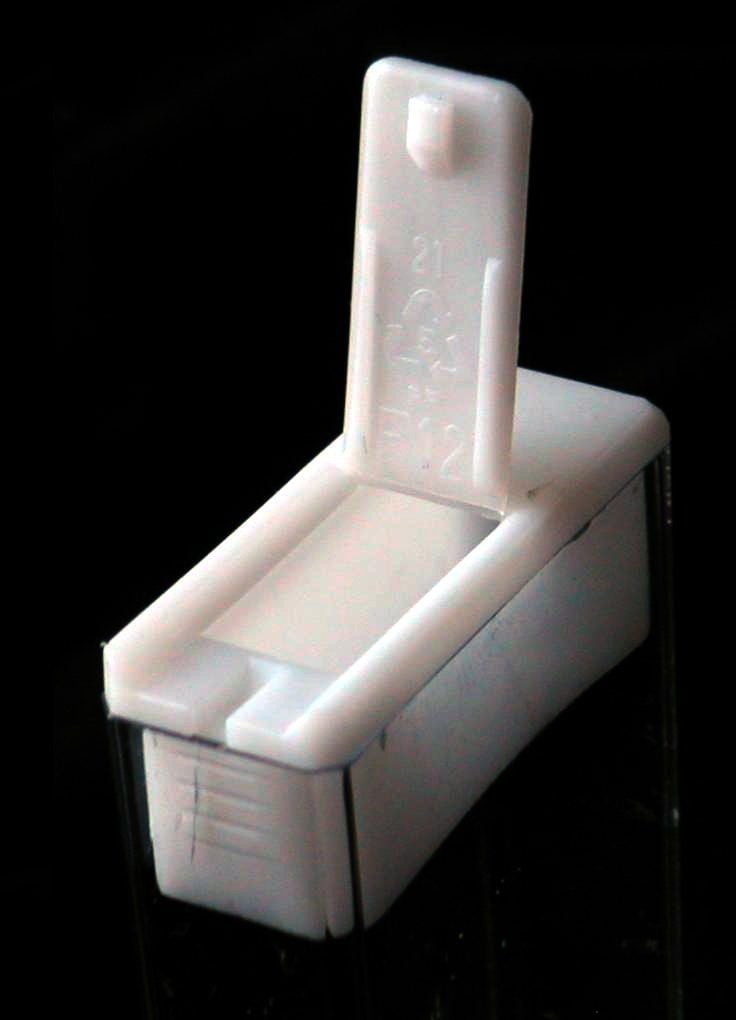
Surprising Use: Serving mints
Tic Tac-branded mints are easily recognized by their transparent rectangular containers, featuring a flip-action, hinged lid. While the company has been denied a patent for this container, it still became internet-famous for the indentation inside of its lid, which serves as the perfect space to dispense a single mint.For more great trivia articles, please sign up for our free newsletters.
Trending on Cheapism
Fabric Swatches
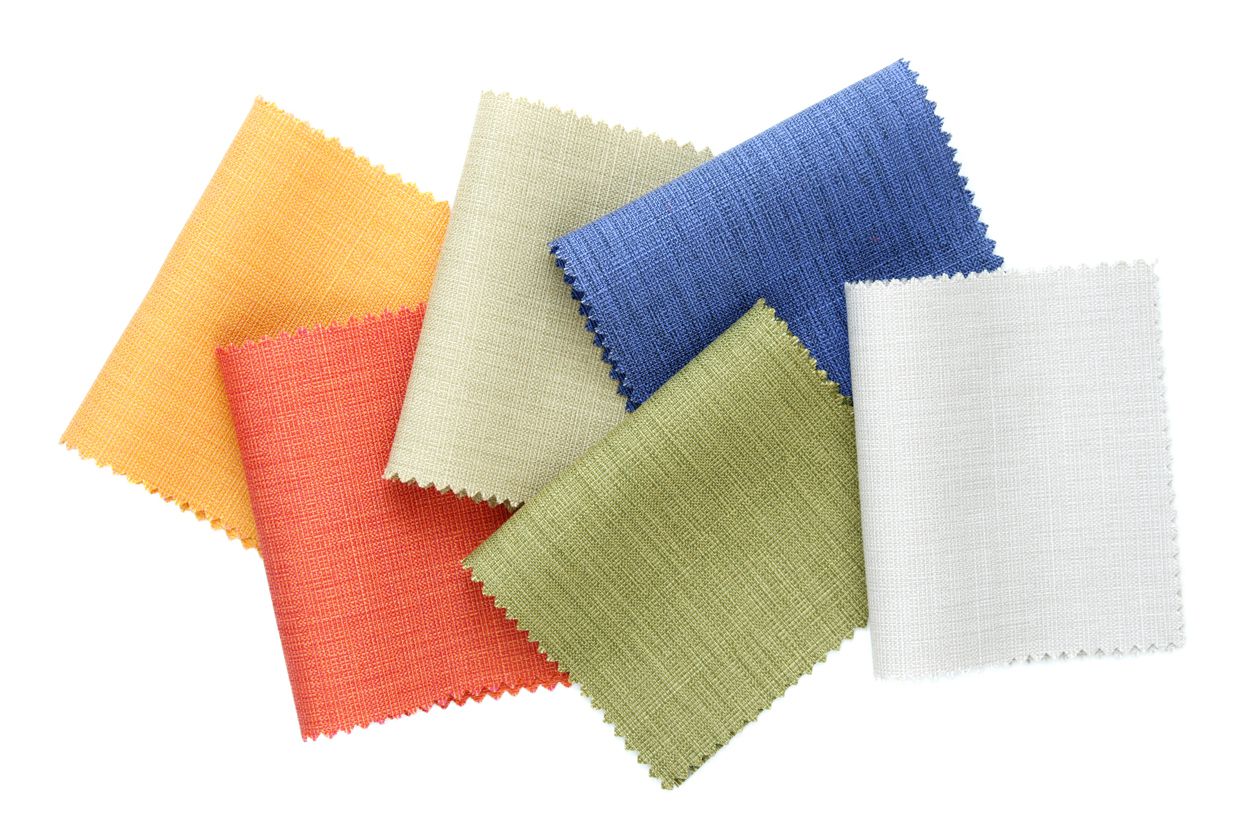
Surprising Use: Testing cleaners
Many newly purchased articles of clothing come with a plastic baggie containing an extra button and swatch of fabric. While this textile sample can be used to patch tears, it also functions as a way to test the effects of various cleaners or wash cycles before applying them to the whole garment.
Related: Are You Making These Laundry Mistakes?
Screwdriver Handles
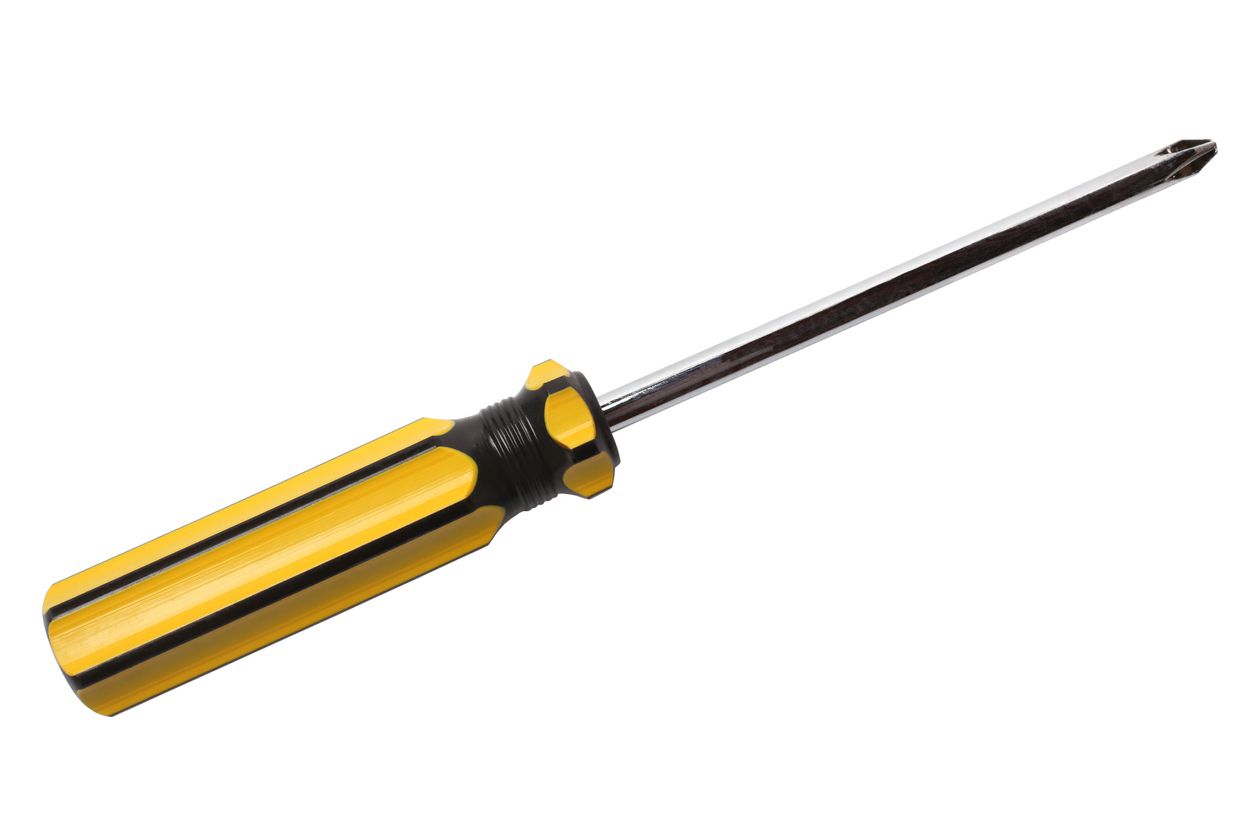
Surprising Use: Combining with a wrench for more leverage
It’s common for screwdrivers to have flat-sided handles to improve grip. Many designs go beyond this with a hexagonal shape that fits neatly inside a wrench or ring spanner, which can then be used to improve torque and leverage when turning to screw or unscrew something.
Related: DIY in the USA: Tools That Are Still Made in America
Pen Cap Holes

Surprising Use: Saving lives
Because seemingly everyone likes chewing on something while they think or write, which is how roughly 100 Americans die each year from choking on pen caps. This number would probably be much higher, had the pen company BIC not added a larger hole to their caps, so even if one does get lodged in your wind pipe, enough air will still flow through to the lungs.
Related: 30 Dangerous Products That Were Popular When You Were a Kid
Sign up for our newsletter
Holes in Airplane Windows

Surprising Use: Managing pressure and condensation
If you’ve ever looked closely at an airplane window, you’ve surely noticed a small, singular opening near the bottom. Called a breather hole, this is built into the middle of the windows’ three panes to equalize the difference in air pressure that builds up between a plane’s sealed cabin and the high-altitude atmosphere outside. In addition, it serves to release moisture from between the panes to avoid fog or frost forming on the windows and obstructing passengers’ sky-high views.
Related: 30 Air Travel Perks We Miss
Lines on Box Cutters
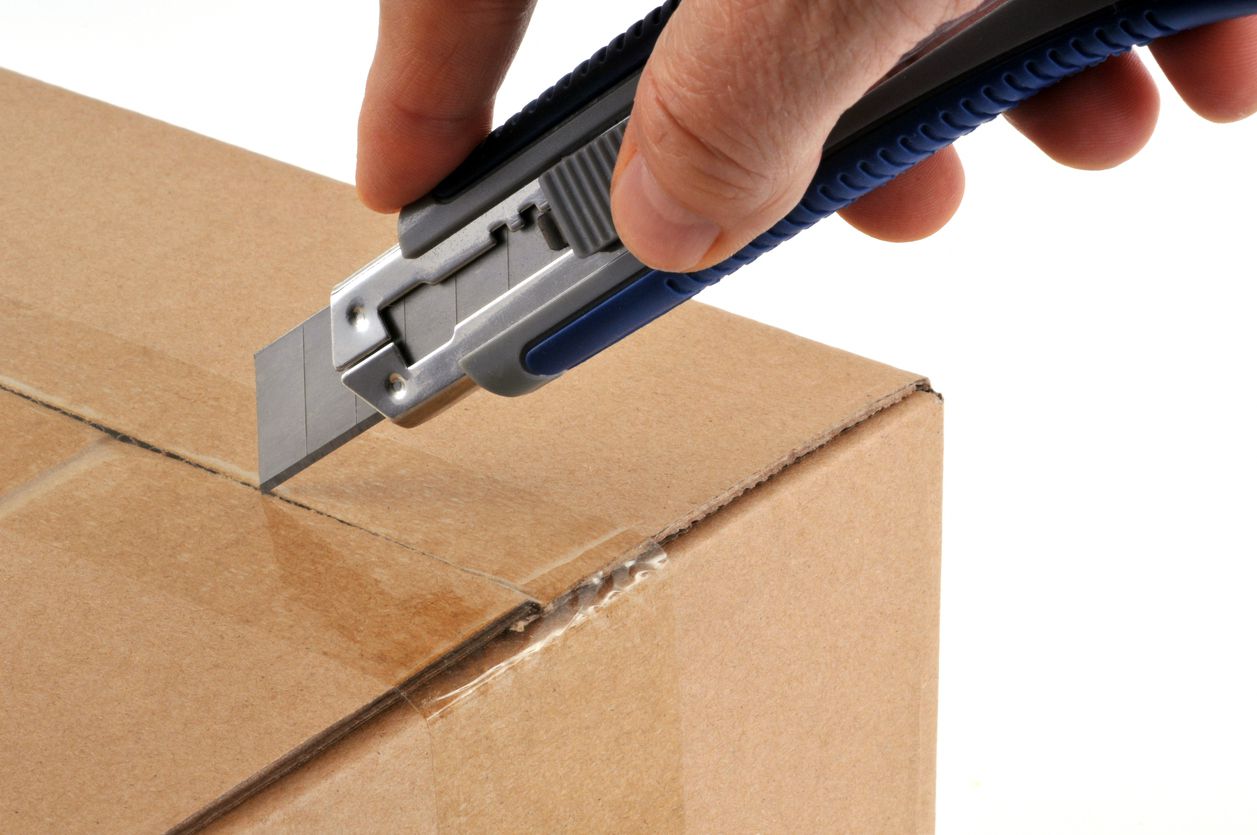
Surprising Use: Refreshing the blade
You may have noticed a series of diagonal lines on the metal blade of your boxcutter. If so, this is a snap-off blade. When cutting cardboard dulls the sharp edge, you can snap off the top segment along the next line to reveal another sharp edge like new, making use of the small hole or “blade snapper” at the base of the knife. This nifty design was first introduced by the Japanese Olfa Corporation in 1956, drawing on inspiration from broken glass and segmented chocolate bars.Notches Between Tire Treads

Surprising Use: Indicating wear
If you aren’t auto-savvy enough to know, standard car tires come with a built-in indicator to judge when they’re ready for replacement. Within their treads you’ll find a series of rubber notches. When the treads become flush with these perpendicular bars, it’s a sign that the tire has lost much of its traction and needs to be replaced or retreaded for safe driving.
Related: Useful Car Features You Probably Didn’t Notice Before
Bobby Pin Grooves
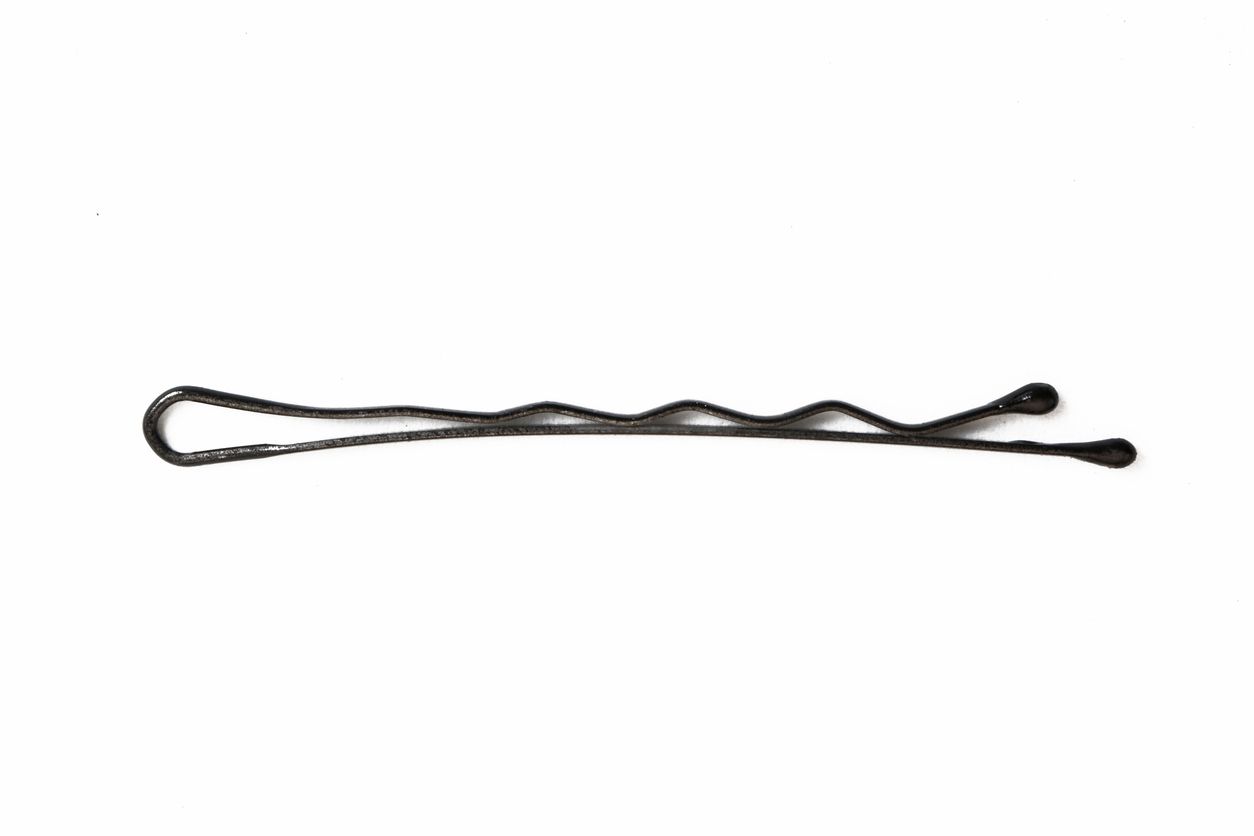
Surprising Use: Holding hair in place
Why do bobby pins have grooves on one side? To better help hold your hair in place. The straight side is meant to face up while the grooves face down against the scalp, so it grips the hair in place while the other side presses it down. Though wearing them otherwise largely defeats their purpose, this knowledge seems to have faded since bobby pins were invented in the 1920s, during the height of the bobbed hairstyle.Hole in Measuring Tape
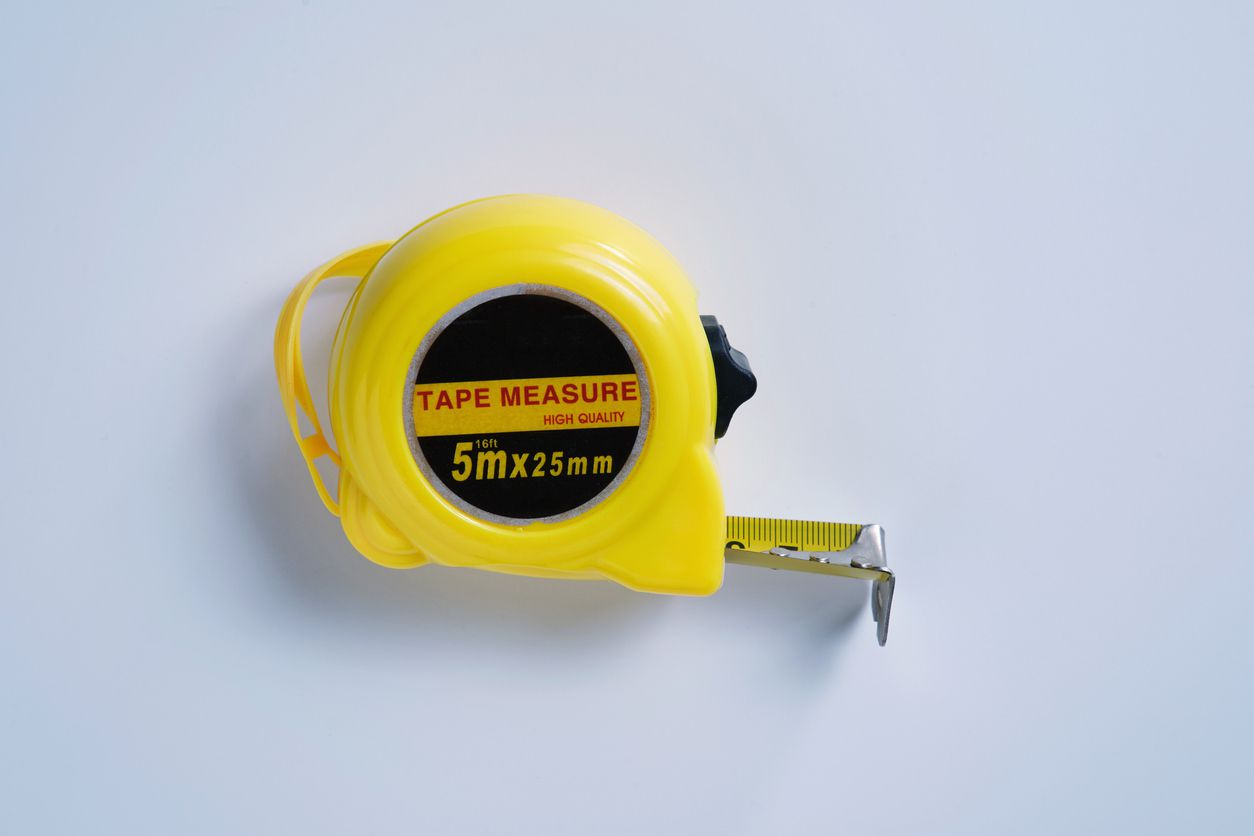
Surprising Use: Holding the measuring tape in place
Just about every reel of measuring tape has an empty slot in the metallic end hook. Called a nail grab, this is designed to affix to the head of a nail or screw, so the measuring tape can be held in place without an extra pair of hands.
Loops on Shirt Backs
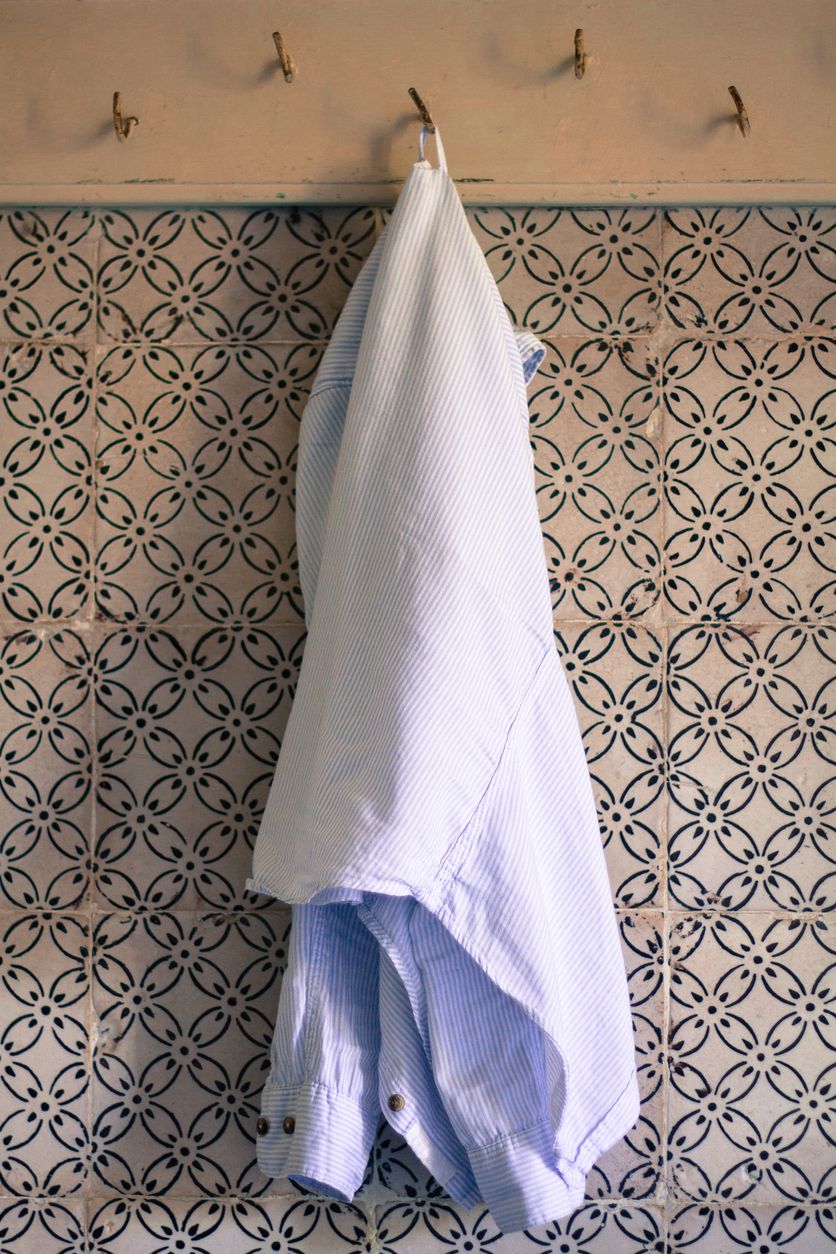
Surprising Use: Hanging up
Men’s dress shirts commonly feature a fabric loop on their back, which one might easily guess is to hang it up on a hook when not being worn. What’s more surprising is what the loops used to signify when first coming into fashion. After reportedly originating among sailors in the Navy, the looped dress shirts became popular among Ivy League collegiates in the 1960s, for whom removing the loop meant they were going steady in a relationship.Coin Ridges
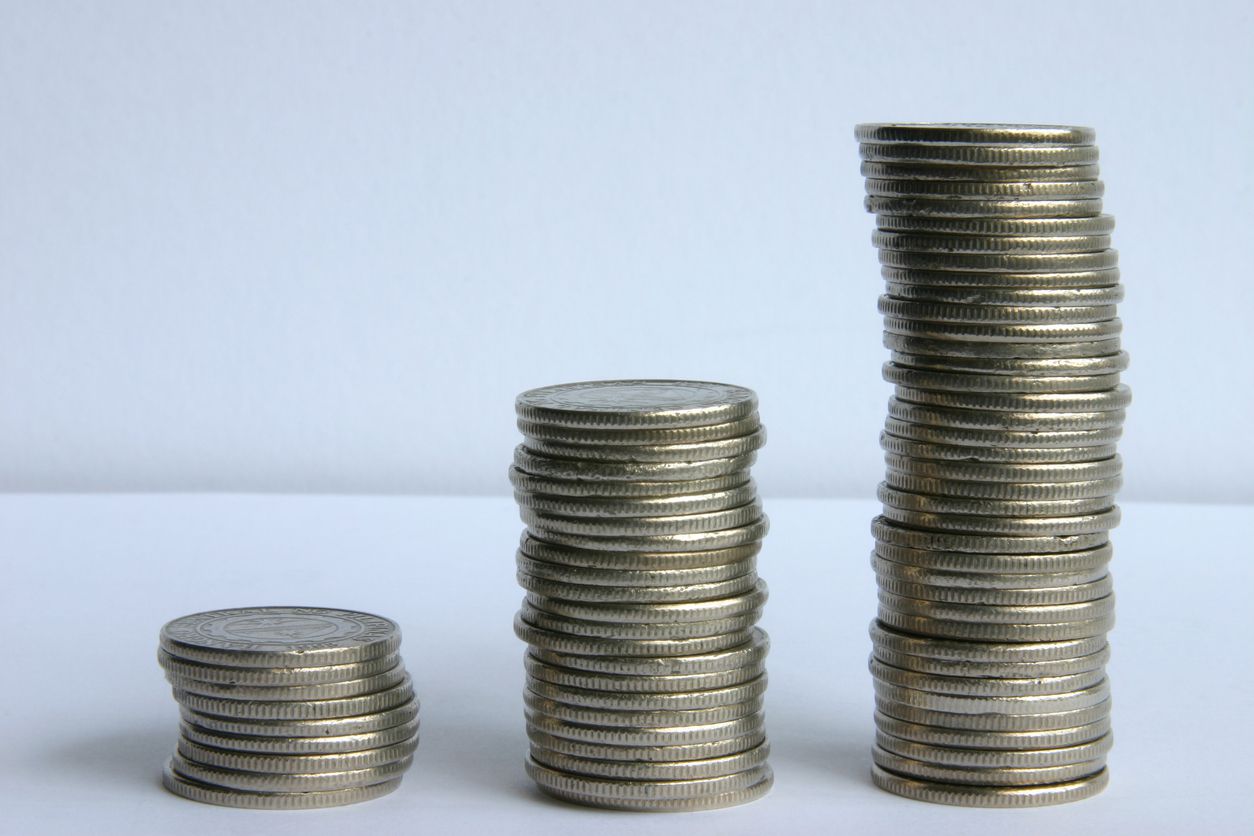
Surprising Use: Stopping counterfeiters
Though of little relevance or value nowadays, many coins are still produced with ridges along their edges as a deterrent to counterfeiting. In the early days of the American republic, criminals could shave the edges off of gold and silver coins to sell at a profit, so the US Mint responded by adding ridges, or “reeding,” that made it obvious whenever one of its standard-issue coins had been tampered with.
Extra Eyelets on Sneakers
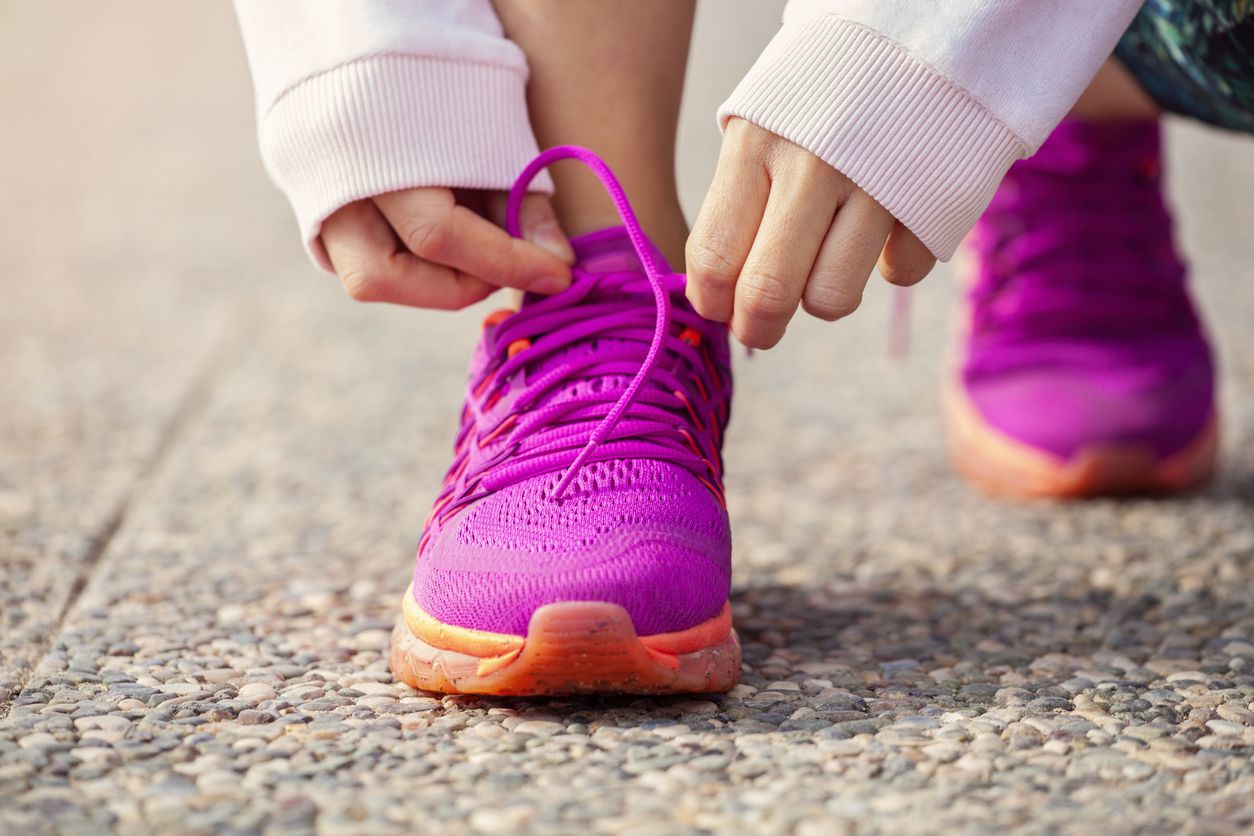
Surprising Use: Heel lock
Many sneakers and athletic shoes have an extra eyelet for the laces offset beside the normal top loop. These enable the wearer to try a variety of additional lacing techniques that secure the shoe more firmly around one’s foot — namely, the heel lock. This method loops and threads the laces through the extra eyelets to prevent slippage or untying, a valuable feature for more strenuous activities like running and rock climbing.
Related: 21 Things You Didn’t Know About New Balance Sneakers
Holes in Padlocks
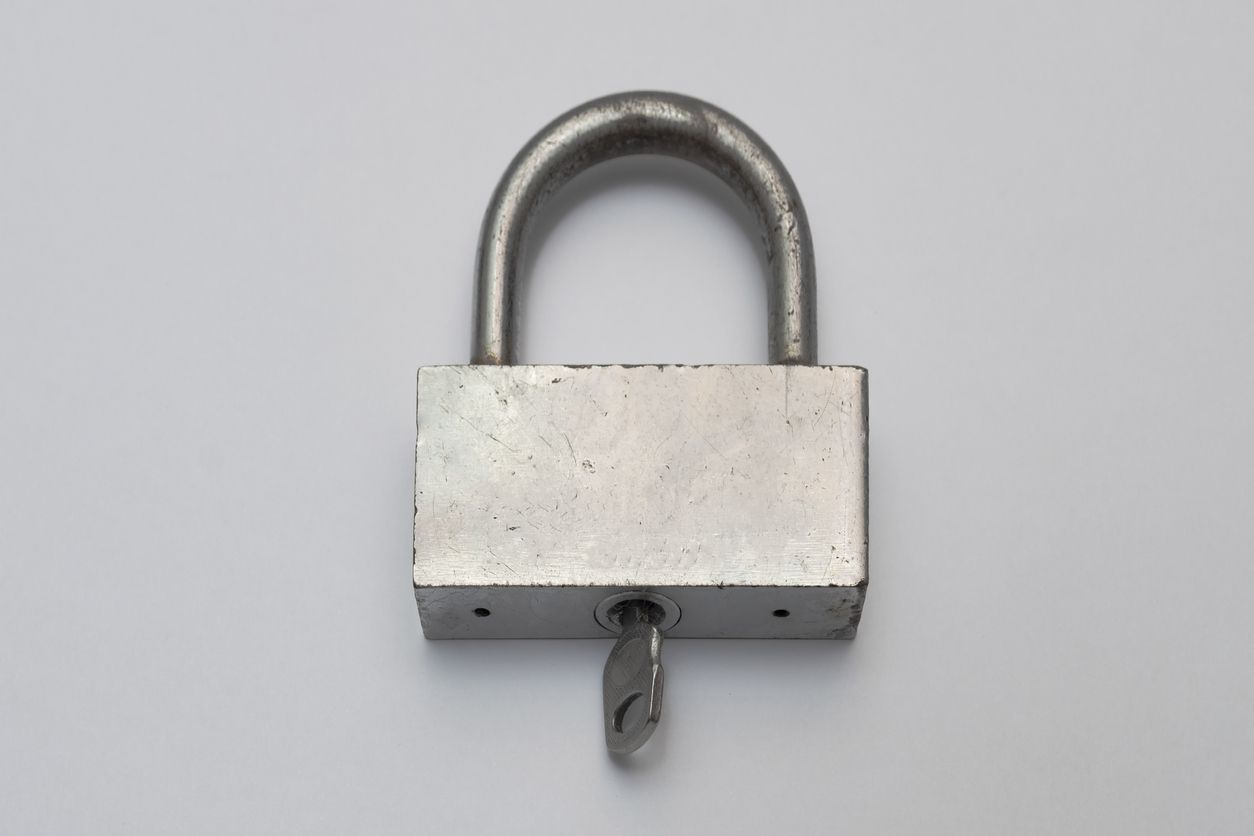
Surprising Use: Oiling and draining water
Standard padlocks are built with one to two tiny holes in the bottom surrounding the keyhole. Since padlocks are often used outdoors, the main purpose of the holes is to let water drain out of the lock’s inner workings before it can rust or freeze in place. In addition, whenever a lock does become stuck, the holes can be used to apply WD-40 or other oils to lubricate the lock into opening again.Escalator Brushes

Surprising Use: Preventing clothes from getting stuck
Escalators have brushes along their sides for the same reason they have yellow borders on their steps — to deter riders from standing too close to the edges. Through subconscious suggestion, this is designed to lower the risk of malfunction or bodily harm if any clothes or other items come close enough to get stuck in the gap, or “skirt,” between the escalator’s exposed steps and inner gears.Little Dots on Windshield Glass
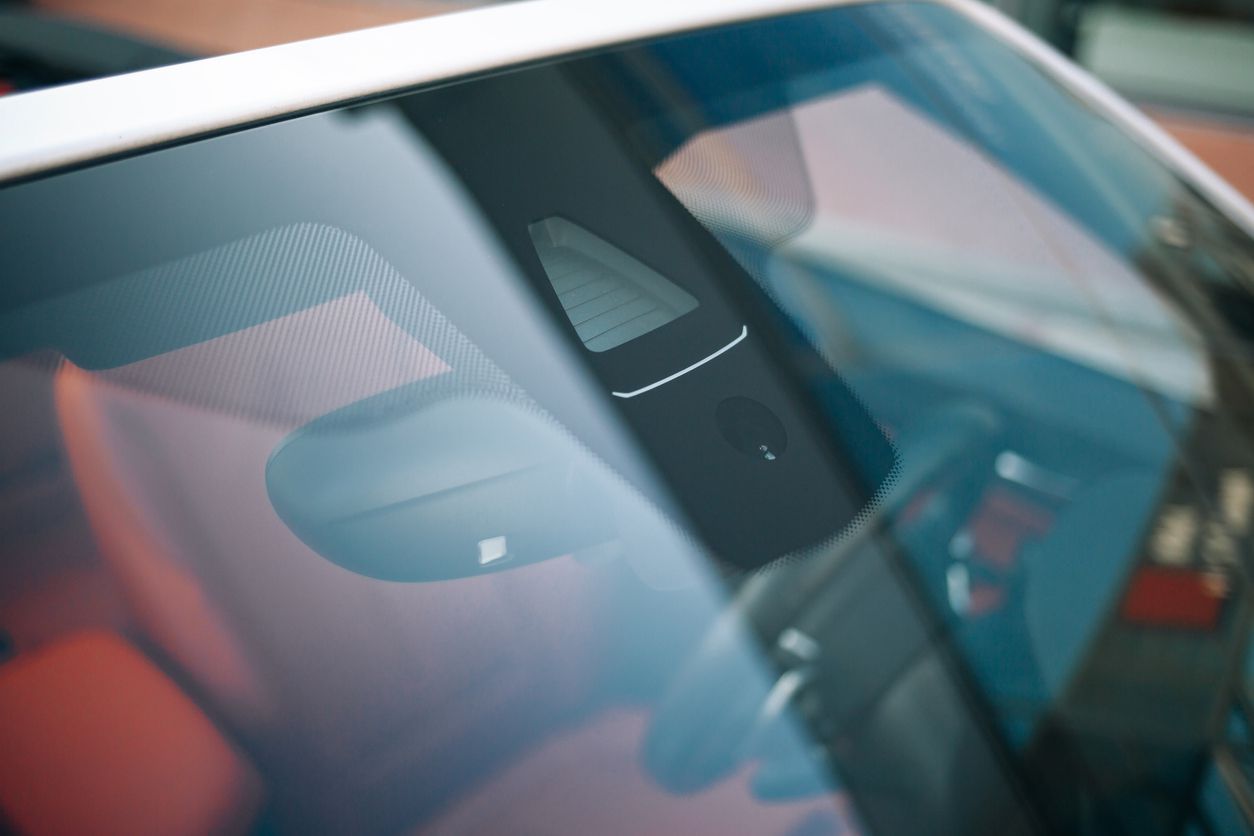
Surprising Use: Frit
If you’ve ever looked closely at the upper corners of a car windshield or along the edge of bus windows, you’ve probably noticed the textured black dots baked into the glass edges. Called frit, this ceramic paint serves the main purpose of protecting the window’s sealant from ultraviolet rays, as well as concealing and creating a rougher surface for the adhesive to stick to.Hole in Kitchen Shears
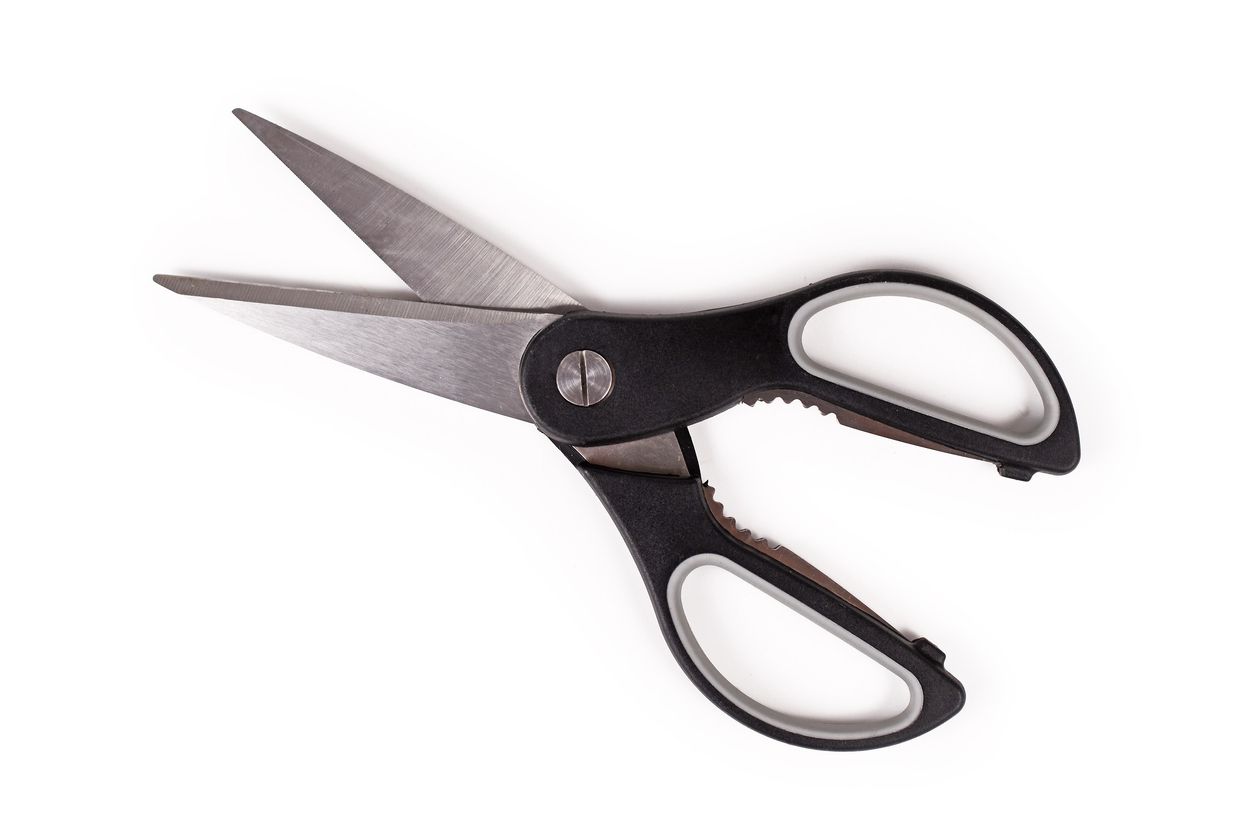
Surprising Use: Herb stripper
Many, if not most pairs of kitchen shears are built with a serrated opening centered where the handles and blades meet. If you haven’t been taking advantage already, this is meant for use as an herb stripper, so you can destem difficult herbs like thyme, rosemary, and chives in one motion rather than pick all the leaves off by hand.
Related: 24 Kitchen Accessories You Didn’t Know You Needed
Backpack Lash Tabs
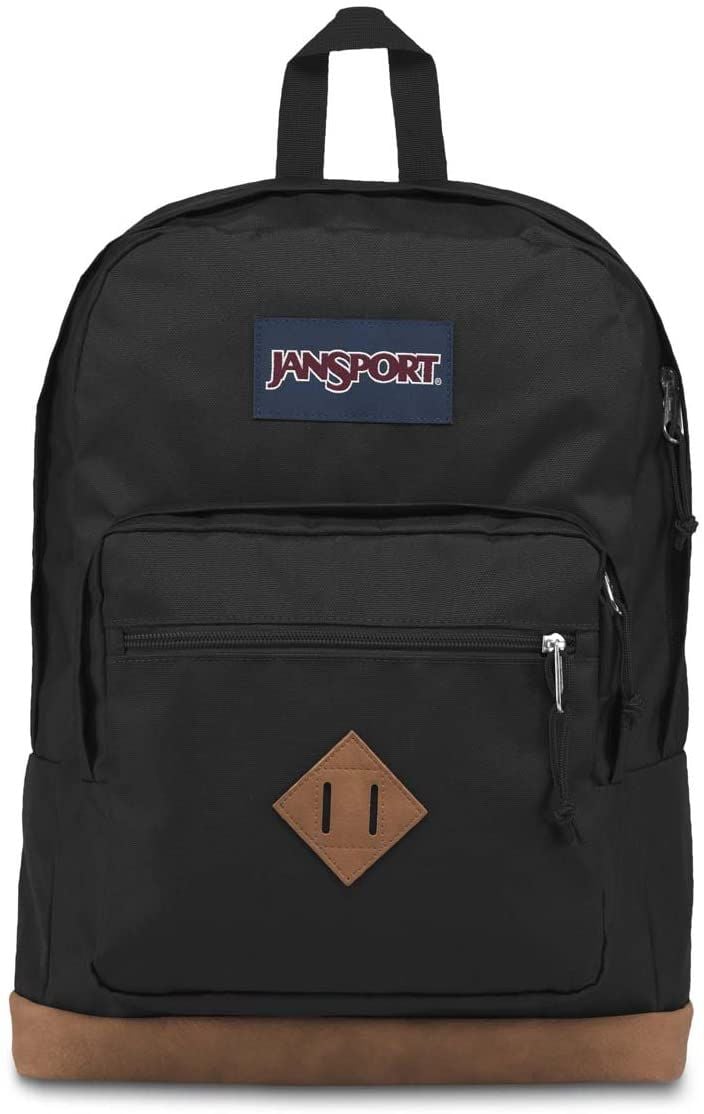
Surprising Use: Carrying extra items
Many backpacks from standard brands like Herschel and Jansport come with a diamond-shaped patch sewn into the exterior, known as the lash tab. This feature was originally designed to carry an ice axe when mountaineering, using leather to reduce the risk of freezing. Of course, for the average user today, it can still provide a convenient way to hold other items like a water bottle or headphones for immediate access.Related: Vintage School Supplies That Take Us Back to Childhood
Notched Toothpick Tops
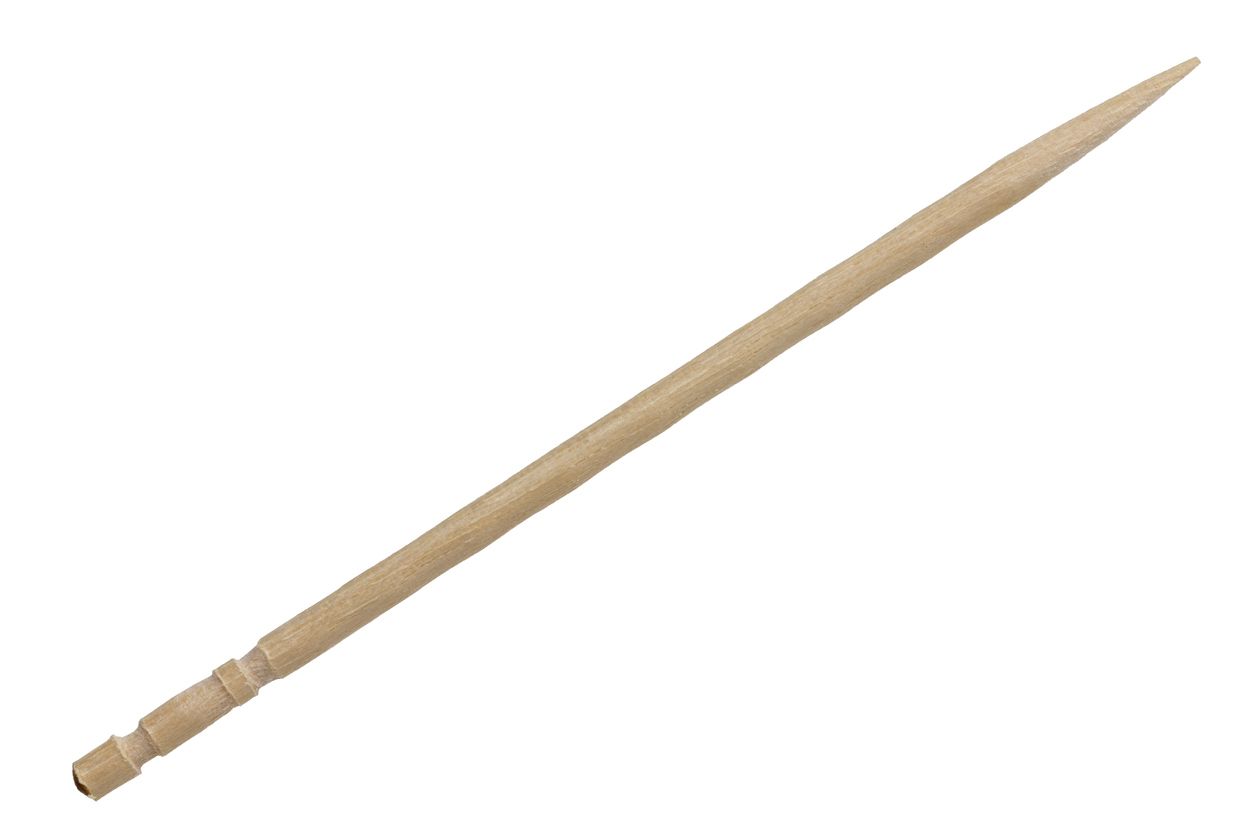
Surprising Use: Toothpick holder
Yes, even a humble toothpick can have more to it than meets the eye. When you find one that’s only pointed on one end with a flat top and grooves on the other, the grooved end can be snapped off to provide a sanitary table stand for the toothpick when not in use. This design is traditional to Japan.Tab on Rearview Mirror
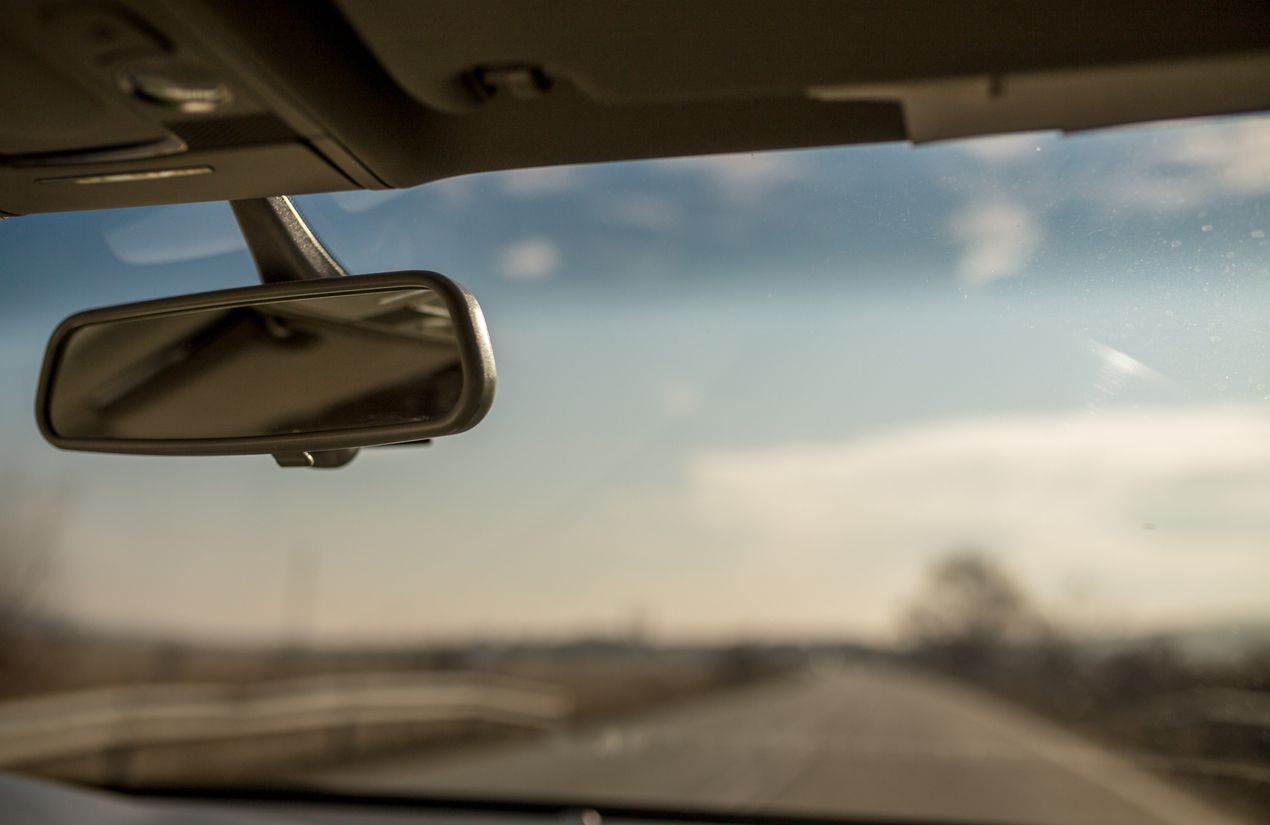
Surprising Use: Reducing reflectivity
Many drivers may have never noticed, let alone made use of, the tiny tab located beneath their car’s rearview mirror. This is actually responsible for switching the mirror from daytime to nighttime driving modes, using a prismatic glass configuration to dim the reflection and limit the glare of headlights behind you. These manual tilt mirrors were invented for cars in the 1930s and became standard by the 1970s.Related: 37 Classic Car Design Features You Don’t See Anymore
Yogurt Lids
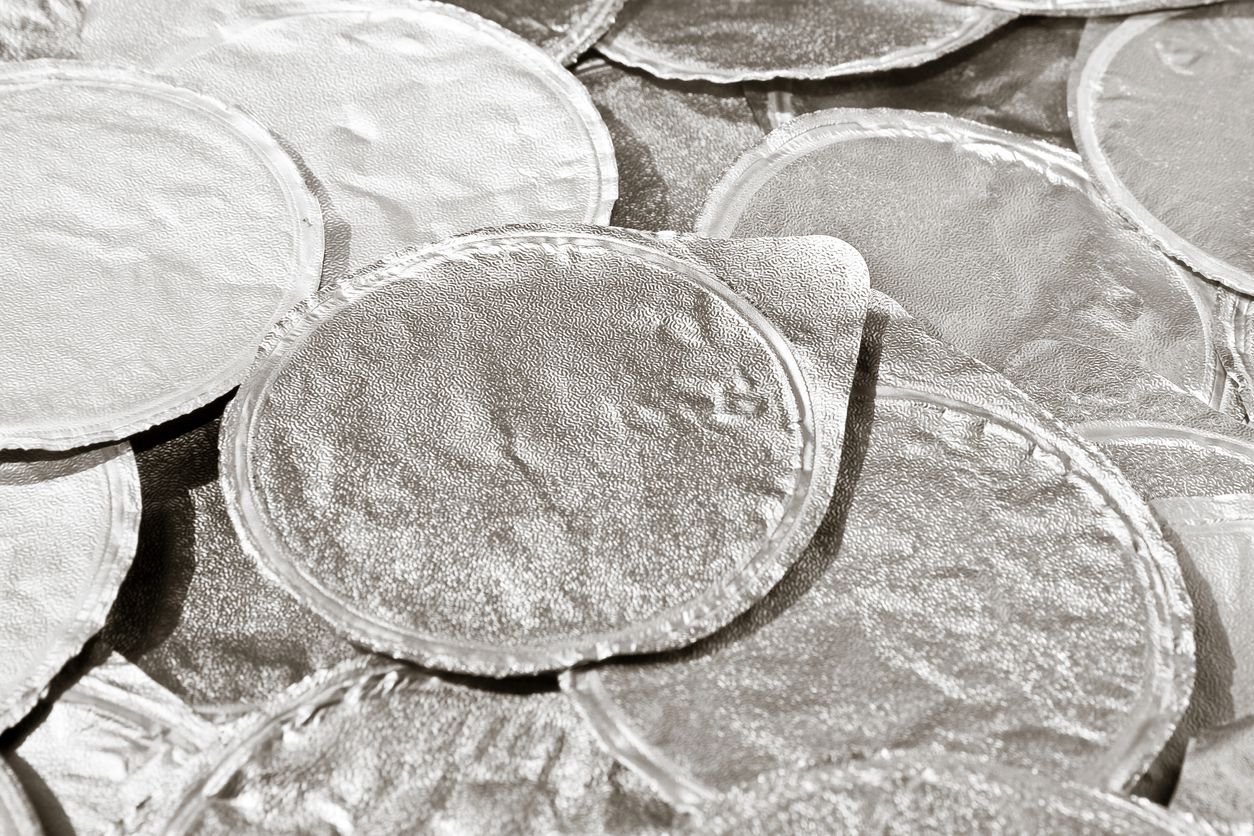
Surprising Use: Single-use spoon
Most single-serving yogurt, applesauce, or gelatin containers are packaged with a tinfoil covering, most of which can be effectively used as a disposable spoon. After peeling away the lid, a few simple folds will suffice whenever you’re lacking a more formal utensil for your midday snack. It’s difficult to determine how intentional of a design feature this is, or how it got started, but at least one yogurt manufacturer has printed the folding instructions directly on the lid itself.See More From Cheapism

- 16 Hurricane Essentials You Don’t Want to Be Without
- We Tried 11 Premade Frozen Lasagnas. This Is the Best
- What You Need to Know About Dollar Stores
- The Coldest and Warmest Cities in Every State
Like Cheapism’s content? Be sure to follow us.
